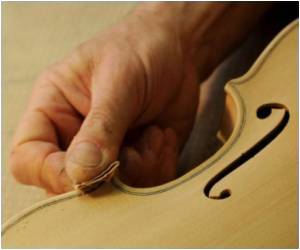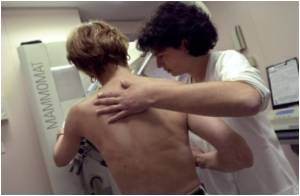Using computed tomography (CT) imaging and other highly developed manufacturing techniques, a team of experts have produced a copy of a 1704 Stradivarius violin.

There are many theories but no simple explanation for the superiority of the Stradivarius, as many factors influence a violin's sound, from the qualities of the wood to the instrument's shape, degree of arching and wood thickness.
"CT scanning offers a unique method of noninvasively imaging a historical object," Steven Sirr, a radiologist at FirstLight Medical Systems in Mora, Minn, said.
"Combined with computer-aided machinery, it also offers us the opportunity to create a reproduction with a high degree of accuracy," he said.
To create a violin with the same characteristics as the 1704 instrument known as "Betts", Sirr worked with professional violin makers John Waddle and Steve Rossow of St. Paul, Minn.
"We have two goals: to understand how the violin works and to make reproductions of the world's most prized violins available for young musicians who can't afford an original," Sirr said.
Advertisement
The CNC machine, custom-made for the project by Rossow, then carved the back and front plates and scroll of the violin from various woods, and finally they finished, assembled and varnished the replica by hand.
Advertisement
Sirr, who is an amateur violinist, first scanned a violin with CT out of curiosity, and late shared them with Waddle in 1989.
The two spent years scanning more than 100 violins, including 29 valuable instruments pre-dating 1827, and other stringed instruments to better understand their composition.
Source-ANI









